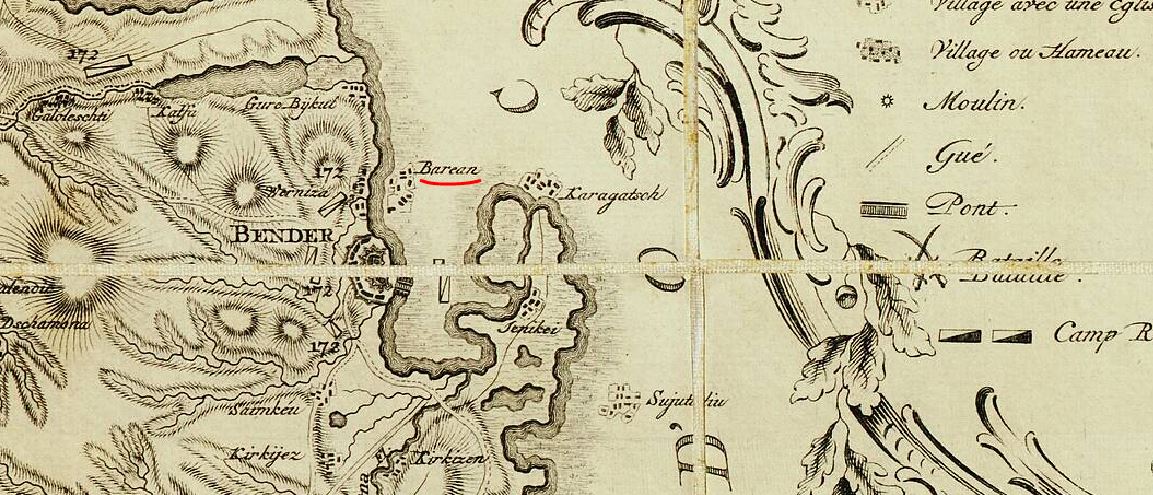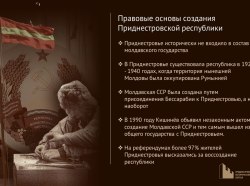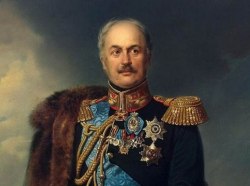Today Odessa celebrates a birthday of one of the City Founding Fathers who created this European-style city. However few know that with his name is also connected the history of Pridnestrovian village Parkany. Find more about the person who revived the abandoned settlement on the bank of the river Dniester and personally took care of involvement here the Bulgarian colonists in a special project the "Empire Edge".
On September 14, 1766, in Paris "the Russian Frenchman" Armand-Emmanuel Sophie Septimanie de Vignerot du Plessis, 5th Duke of Richelieu and Fronsac was born. He is from the same family as the famous cardinal known from the "Three Musketeers".
The Duke went over to the Russian service after the French revolution of 1789, and at once was involved in Izmail storm under Suvorov's command.
"I hope, I will never see such a terrible sight", - he will write later about the storm, remembering about his about and the award the Order of Saint George of the IV class and a golden sword "For bravery".
Armand du Richelieu, painted by T. Lawrence

Ten years later the young Russian emperor Alexander I estimated the Duke administrative abilities and in 1803 appointed him the Mayor of Odessa and in 1805 the Governor-General of the Novorossiysk region.
Richelieu participated actively in the demographic and economic development of Pridnestrovie which also was by this time a part of Novorossiya. In particular, he was interested in the unique Bulgarian village Parkany.
According to the local historian Georgy Astvatsaturov and his remarkable book "Sketches on the History of Parkany" due to Richelieu the settlement rapidly developed. With good reason, the author claims that some old-timers in the village remember the legends about the "prince Duke ".
Parkany, or Barkan, however, existed long before it was inhabited with Bulgarian colonists. The settlement is marked on "The general map of military operations of the Russian army in Moldova and Walachia in 1769-1770" by Friedrich Wilhelm Bauer, the Russian general and the engineer. Despite a set of blind spots, this card calls a masterpiece of the Russian cartography of the 18th century.

Georgy Astvatsaturov writes at about several thousands mixed population of Parkany. There was a mulberry grove for silkworm breeding near the village. However, as a result of wars, the village fell into decay and was assigned to the neighbouring villages and the new city Tiraspol.
The authorities tried to restore silkworm breeding on the mulberry grove and invited colonists not only from the Empire but also from neighbouring Moldova. Nevertheless, colonization met many difficulties and it was only Duke de Richelieu who succeed.
Richelieu's plans for the future of Parkany were discussed at the highest level: in August 1805 the Minister of the Foreign Affairs of the Russian Federation V.P. Kochubey reported to the Emperor Alexander I Richelieu's proposal on formation in Parkany of silkworm breeding colony. The plan was approved.
According to Georgy Astvatsaturov, the Governor-General general hoped to change the situation in Parkany colony by means of Bulgarian settlements.
In January 1806 in one of the letters, Richelieu reported about the first progress:
"Sharansky sent me the plan of this land opposite Bendery and which can be attached to it; all in all it does not exceed 6 thousand tithes, nevertheless we can settle Bulgarians there if they will come. The only moment is that it (colony) is quite close to the Turkish border".
The Government interested in the settling of the Novorossiysk region also offered Bulgarians the Russian citizenship:
"All those who wish to accept this offer will find in Russia a reliable shelter for the settlement, will receive lands in the Crimea and in the steppes between Bug and Dniester and all the benefits".
The first Bulgarian colonists arrived in Parkany at the beginning of 1807, and in half a year there were 44 families. Among them - Stoyanov, Zhekovy, Angelov, Diordiyey, Radulov, Petkovic and other surnames which are still widely represented in the village.
So, the colony founded in 1805 by descendants of the Zaporizhian Cossacks, Ukrainians and Russians turned into one of the largest Bulgarian settlements outside the ethnic homeland. According to Georgy Astvatsaturov's researches, Bulgarians arrived in Parkany in two big groups:
"The first group arrived in 1807, another in 1810-1811. And the language of these groups strongly differed. Most of those who arrived in 1807 were from Macedonia and other districts of western Bulgaria. In the second group natives from eastern districts of Bulgaria prevailed", - it is said in "Sketches on the History of Parkany".








